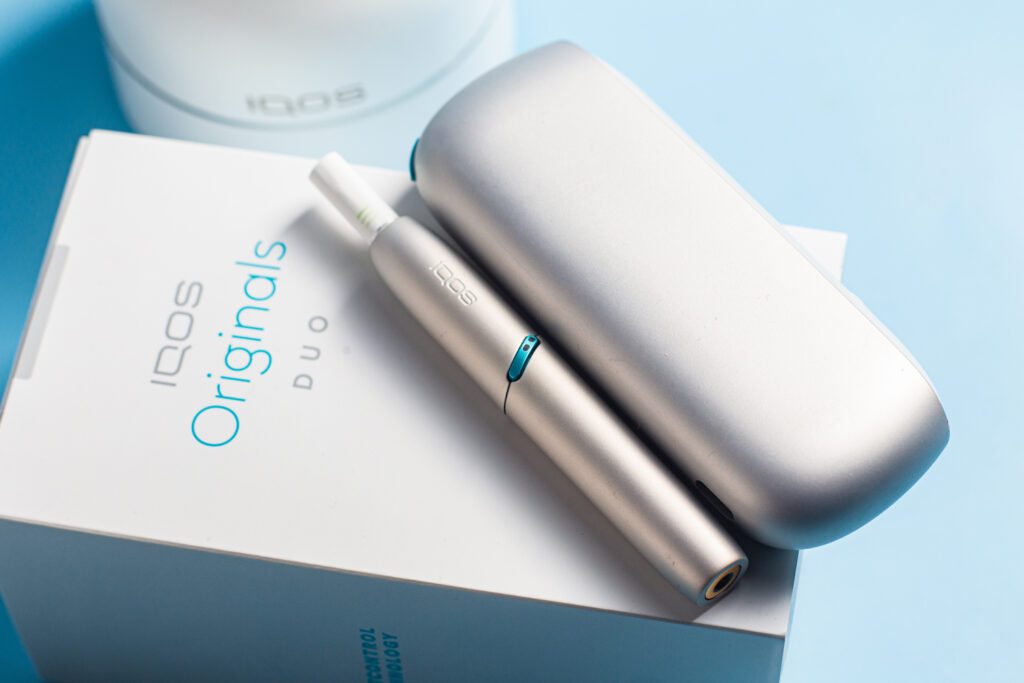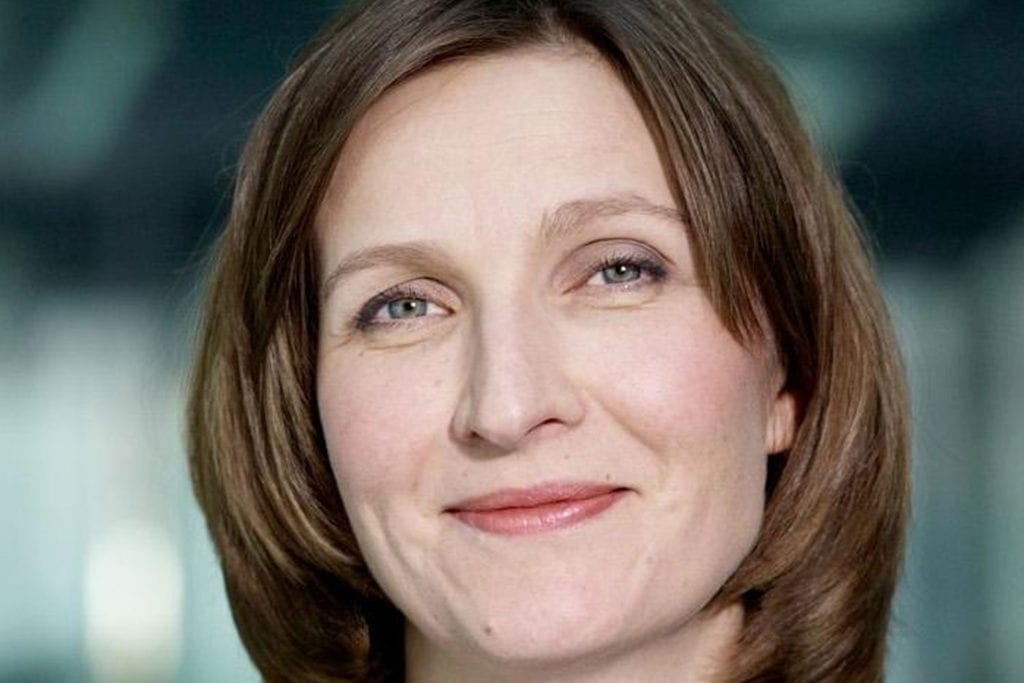With an estimated market value of $11.13 billion in 2023, according to Euromonitor, Japan remains by far the leading market for HTPs. But the market appears to have plateaued; its value is expected to reach $11.23 billion in 2024. A similar trend can be detected in South Korea, where the market value of HTPs climbed from $2.19 billion in 2022 to $2.24 billion last year. For 2024, the market is anticipated to be worth $2.45 billion. According to Euromonitor, in 2022, South Korea ranked third behind Italy in the global HTP league. In 2024, it is expected to fall to fourth place, behind Germany. Russia, too, is a large HTP market, but data has become elusive since that country invaded Ukraine. The most recent figures, presented at last year’s InterTabac exhibition in Dortmund, valued Russia’s HTP market at $3.2 billion.
As Japan’s and South Korea’s HTP markets reach maturity, price competition is increasing, according to MacGuill. “Consumers are experimenting with other brands, trying other devices, while manufacturers are subsidizing devices,” he says. “It’s the natural circle of the mature market to have rapid growth and then a plateau. However, the trend for HTP markets in general is that growth is likely to return with triggers such as price. There is no ceiling.”
The dynamics in Italy are similar, according to MacGuill. Its HTP market value has grown from $4.07 billion in 2022 to an estimated $5.18 billion last year and is expected to reach $6.51 billion in 2024, boosted by an increasing offer of devices at lower price ranges that drive product adoption. As in Germany, where the retail value of HTPs has increased from $1.96 billion in 2022 to an estimated $2.47 billion in 2023 and is anticipated to reach $2.98 billion this year, MacGuill expects the Italian HTP market to continue to grow, albeit at a slower pace than in Japan when IQOS first hit the market 10 years ago. In Japan, HTPs benefited from higher consumer incomes and consumers’ general enthusiasm for new products, among other factors. “In the two European countries, we don’t have that combination in the same way,” says MacGuill. Italy, he says, was also increasing cigarette taxes at the time when HTPs were introduced.
Globally, the HTP category is characterized by geographical diversification and an intensification of use. “Frequency of consumption plays an important role,” says McGuill. “In most markets, daily users represent the biggest proportion of consumers. In Italy, 73 percent of cigarette consumers smoke daily whereas 67 percent use HTPs, which is close and experiences volume progression. When there is a lot of experimentation, such as use on a weekly basis, then this will have a magnifying effect on volumes.”
Most notably, geographical expansion is expected in Jordan, Lebanon, Egypt and Singapore. “The further down the average income table, the softer the potential for HTPs gets—also the further east you go,” says McGuill. “Here, technology development that gets the price down for HTPs is needed. In these regions of the world, affordability will be the main driver.”




















